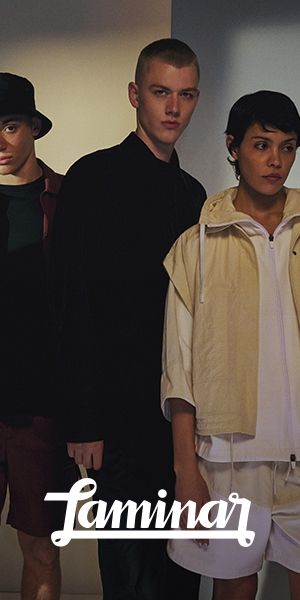
The history of the Colombia jersey
How the away jersey became the one most used by Los Cafeteros
July 12th, 2024
Colombia has reached the Copa America final for the first time since 2001. A walk in the park for the team coached by Néstor Lorenzo, four wins and a draw in five games to extend the streak of consecutive games without defeats for Los Cafeteros to 28. A remarkable string of achievements that is bringing back significance and worth to a legendary jersey. There are no doubts about it, the yellow shirt with red or blue inserts is, together with Carlos Valderrama's hair and Renè Higuita's scorpion kick, is one of the elements that in the collective imagination immediately recalls the Colombian national team. Yet historically Colombia has not always been linked to the yellow jersey, in fact its adoption only came in recent times.
The turning point came in 1985 when the Federación Colombiana de Futbol (FCF) opted for a complete aesthetic revolution of the national team. Elements that were more reminiscent of the Colombian identity were needed. Yes, because in that historical moment Colombia used to wear an orange shirt which aimed to at least stylistically refer to Johan Cruijff's Netherlands, La Naranja Mecánica as they called it. The project of the new uniforms was entrusted to María Elvira Pardo, a Colombian designer who also worked for Dior, who after months of work and study on the field with the players created a tricolor turtleneck shirt with red and blue details in homage to the Colombian flag. The peculiarity lies in the fact that that yellow shirt was not designed to be the first shirt but was actually the alternative to the real home jersey, i.e. a red shirt with blue shorts and yellow socks.
The red shirt remained Colombia's home jersey until 1992 when the federation, in agreement with the technical sponsor of the time which was Torino, decided to use the yellow shirt also for home matches starting from the Barcelona Olympics. The stylistic choice was further validated by the subsequent technical sponsor, Umbro, and remained unchanged except for a brief period between 2016 and 2018 when adidas introduced a white shirt for home games. With the exception of those two years, from 1992 onwards Colombia's home kit has always had the yellow shirt as its starting point, or rather the tricolor shirt with continuous references to the flag. The latest version has been designed by adidas for the Copa America 2024. A unique model given that on the Los Cafeteros shirt features a phoenix on the side panels, symbolizing energy and transformation.









































.png)


.jpg)
































